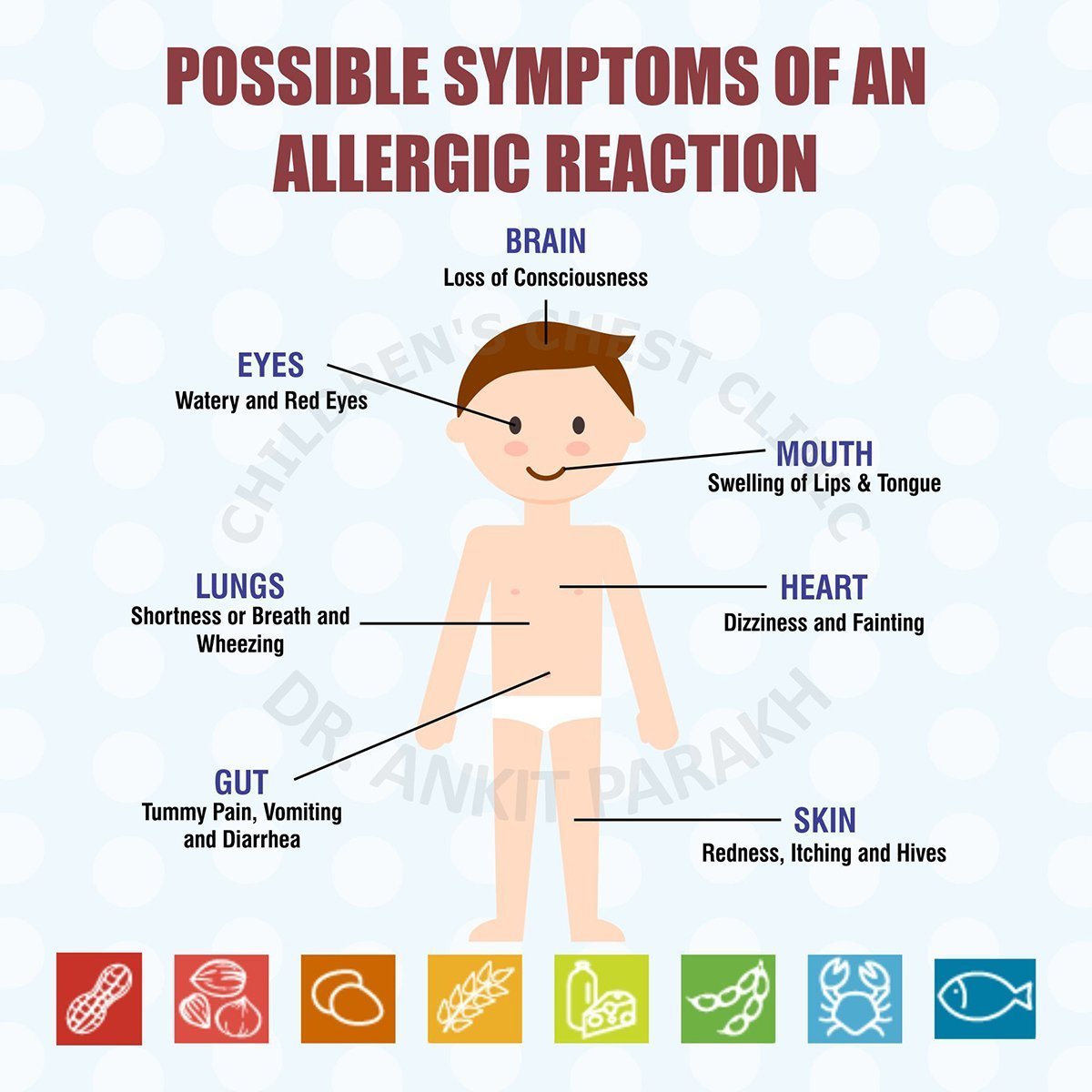
Allergic Problems in Children
Allergic problems are on the rise and one out of three children are suffering from some form of allergies. Allergies affect the quality of life, academic performance, and overall well-being of children. Early identification of childhood allergies will help reduce symptoms, sick days and missed school. It will improve overall health, exercise capacity and quality of life.
What Are Allergies?
An allergy occurs when the immune system overreacts to harmless substances (allergens) such as pollen, dust mites, pet dander, or certain foods. While allergies can develop at any age, they are especially common in children.
Why do some individuals develop allergy?
Many individuals have a genetic tendency to develop allergic diseases called as atopy. When atopic individuals are exposed to allergens they develop immune reactions against the allergen. During the allergic reaction antibody response occurs. These antibodies attach themselves to mast cells which respond by releasing a chemical known as histamine. Histamine leads to inflammation (redness and sweliing) causing allergic reaction.
Common Allergic Problems in Children
Asthma
- Asthma is a chronic respiratory condition triggered by allergens, infections, or environmental factors. Symptoms include coughing, wheezing, shortness of breath, and chest tightness. Managing asthma involves identifying triggers, using medications like inhalers, and regular monitoring by a healthcare provider.
Allergic Rhinitis
- Often referred to as hay fever, allergic rhinitis is caused by allergens like pollen, dust, or mold. It leads to sneezing, a runny or blocked nose, and itchy eyes. While it can be seasonal or year-round, managing allergic rhinitis involves allergen avoidance, antihistamines, and sometimes immunotherapy.
Eczema (Atopic Dermatitis)
- Although primarily a skin condition, eczema often accompanies other allergies. Children with eczema may experience dry, itchy, and inflamed skin, which can flare up due to allergens or irritants.
Food Allergies
- Common food allergens in children include milk, eggs, peanuts, and shellfish. Symptoms range from mild skin rashes to severe reactions like anaphylaxis. Food allergies require strict dietary management and emergency preparedness.
Hives and Angioedema
- These skin allergies cause raised, red, and itchy welts or swelling, often triggered by foods, medications, or insect bites.
Causes of Allergies in Children
- Genetic Factors: A family history of allergies increases the risk.
- Environmental Triggers: Exposure to pollutants, allergens, and irritants.
- Lifestyle Changes: Reduced outdoor activity and increased exposure to indoor allergens.
Diagnosing Allergies in Children
A pediatric allergist can help identify allergies through:
- Skin prick tests
- Blood tests for specific IgE antibodies
- Spirometry and impulse oscillometry for asthma diagnosis
- Challenge tests for food allergies
What allergic problems we deal with at Children’s Chest Clinic?
We strive to provide specialized care to children with all allergy related issues under one roof. This includes atopic dermatitis or eczema, recurrent wheezing or asthma, allergic rhinitis or nasal allergy and food allergy. We also deal with children with hives or urticaria, angioedema and anaphylaxis. We deal with children having drug allergies.
What allergy diagnostics are available at Children’s Chest Clinic?
Our services include diagnostic services like lung function testing, skin prick testing (allergy test) oral food challenge and drug allergy testing.
We have a state of the art Spirometry and Impulse Oscillometry system from Jeager, Germany. We can perform lung function test in children from 3 y on wards.
Allergies in children require timely diagnosis, effective management, and preventive measures. Working closely with a pediatric allergist ensures that your child’s allergies are under control, enabling them to lead a healthier and happier life.
Conclusion
Related Video
Frequently Asked Questions (FAQs)
1. What are the most common allergies in children?
Asthma, allergic rhinitis, eczema, food allergies, and hives are the most common allergies in children.
2. Can allergies in children be cured?
While allergies cannot be completely cured, they can be effectively managed with medications, allergen avoidance, and sometimes immunotherapy.
3. How do allergies progress over time?
The allergic diseases evolve over time with atopic dermatitis or eczema being the earliest and seen in infants. Food allergies are the next to appear over 1-3 years of age. Recurrent wheezing or asthma starts around 3-4 years of age and nasal allergies or allergic rhinitis appears around 5-6 years of age. The progression of these allergies is called as Atopic March. The timing of appearance of these allergies can be variable amongst children.
4. Are allergies inherited?
Yes, children are more likely to develop allergies if one or both parents have allergic conditions.
5. When should I consult a pediatric allergist?
Consult a pediatric allergist if your child has persistent symptoms of allergies, frequent respiratory issues, or reactions to specific foods or substances.



